Restore; Protect; Connect
- Tags:
- Wildlife,
- Clean Water,
- Working Forests
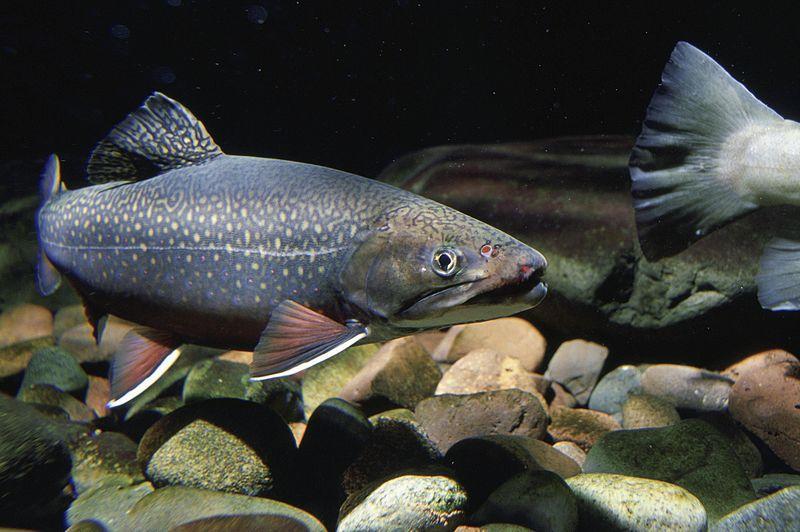
Brook Trout (Via Wikimedia Commons)
March-April 2021 Cottrell-Baldwin Environmental Lecture Series – “Restore, Protect, Connect”
Join us for the Cottrell-Baldwin Environmental Lecture Series rescheduled from 2020 and transformed into virtual presentations for 2021. The series explores topics from trout streams and New England Cottontail rabbit habitat restoration to foraging for edible native or invasive plants and the protection of freshwater resources.
Email signup@forestsociety.org to register and receive the Zoom link. Please include your first and last name, date of the program(s) you'd like to sign up for, zip code, and your email and mailing address if you'd like to be added to the Forest Society's mailing list. Your full name will be used to verify your admittance to the Zoom presentation.
More information is available on our events page.
*1.0 CEU is available for Category 1 forester license credit for licensed NH foresters attending this program*
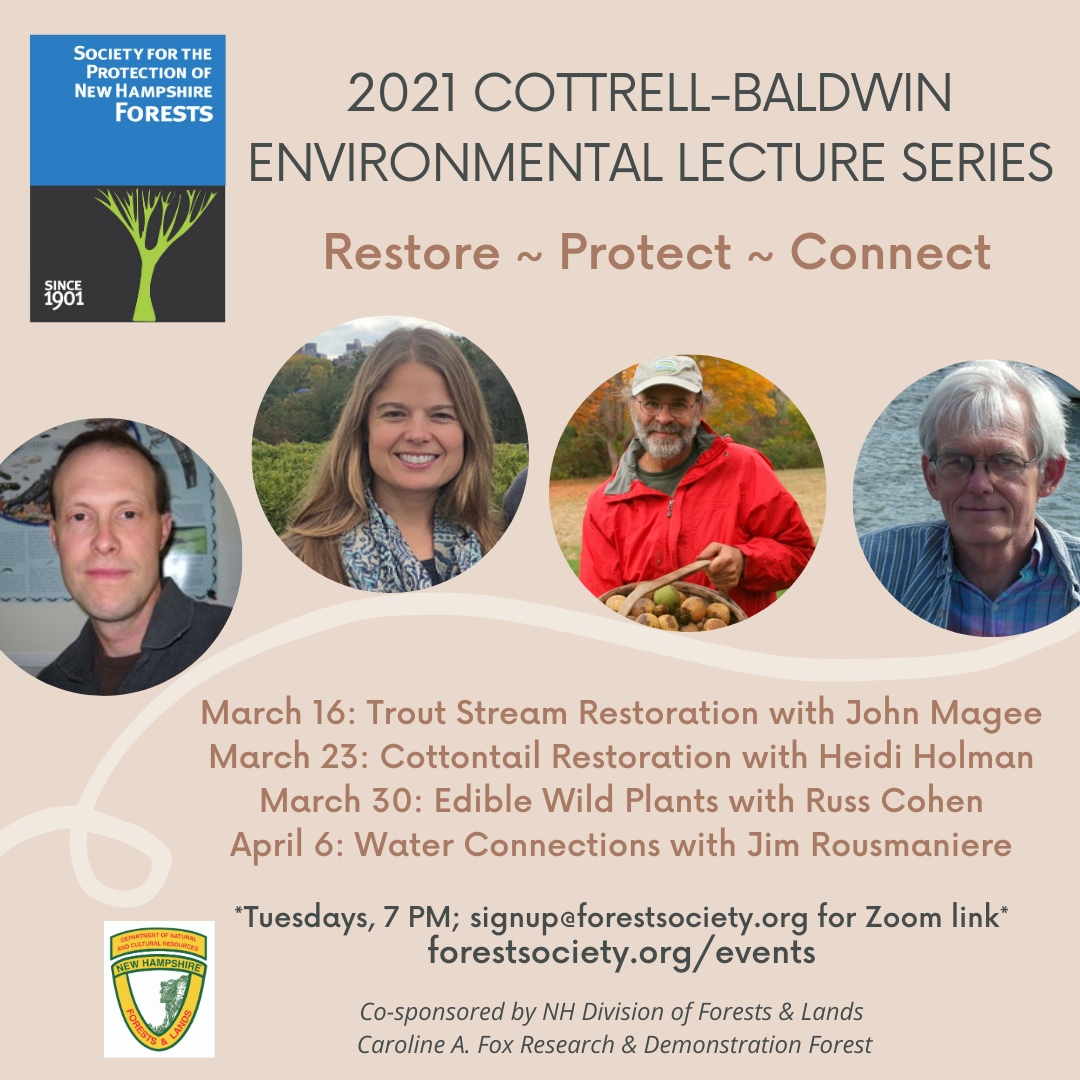
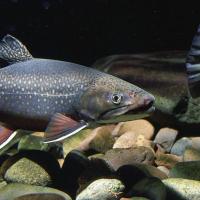
March 16 at 7 PM: Trout Stream Restoration
Streams and riparian forests are dynamic, changing dramatically over decades. Research in the last 30 years sheds light on the interconnections of streams and riparian areas as integral parts of stream ecosystems. Research demonstrates the importance of wood in streams to fish habitat and nutrient cycling and emerging information on the role of light on the productivity of stream ecosystems. Learn about research in NH and beyond on fish habitat, instream wood and what we may expect in the coming decades as our forests age. John will share stream restoration projects that use knowledge of stream and riparian processes to restore health to formerly degraded ecosystems.
Speaker: John Magee, Fish Habitat Biologist, NH Fish and Game Department
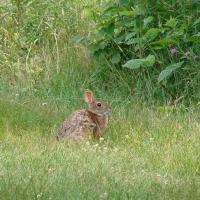
March 23 at 7 PM: Restoration of the New England Cottontail
Until recently, the New England cottontail was a candidate for federal listing under the Endangered Species Act. For years, shrubby thickets and young forests, primary habitat for the species, has declined due to changes in human land use. Since 2008, hundreds of partners from state and federal agencies, municipalities, conservation organizations, zoos and private land owners have been working together across the historical NE cottontail range on a recovery effort to reverse the decline and bring back our native rabbit while providing benefits to over 60 other species that live in these habitats. After 10 years of hard work to restore the native cottontail, how are we doing towards meeting the goal of a viable population by 2030?
Speaker: Heidi Holman, Wildlife Diversity Biologist, NH Fish and Game Department
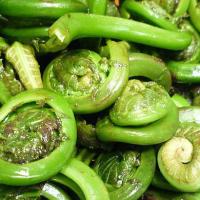
March 30 at 7 PM: Edible Wild Plants of the Granite State
The Granite State is home to over 100 species of edible wild plants, some of which are more nutritious and/or flavorful than their cultivated counterparts. Connect with over 40 of the tastiest species the region has to offer - ranging from plants everyone knows, like Daisies and Dandelions, to plants you may never have even heard of, like Calamus and Carrion Flower. Join us, for a slide show that covers identification tips, edible portion(s), season(s) of availability and preparation methods, along with general guidelines for safe and environmentally responsible foraging. Learn about native edible plants raised from seed and partnerships with conservation groups to add edible native plants to the landscape.
Speaker: Russ Cohen, expert forager and author of Wild Plants I Have Known...and Eaten
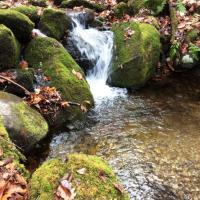
April 6 at 7 PM: What Fresh Water Means to Us, What We Mean to Water
As was expressed in the constitutional logic behind the Weeks Act that led to the protection of the White Mountains, land and water are connected. This presentation, which is based partly on research that went into "Water Connections" (a non-fiction book published in 2019 about what inland waters mean to us and what we mean to water), explores the many relationships between inland waters and surrounding lands. The talk explores recent experiences involving contamination, floods, stream crossings and citizen action, among other topics.
Speaker: Jim Rousmaniere, journalist and historian
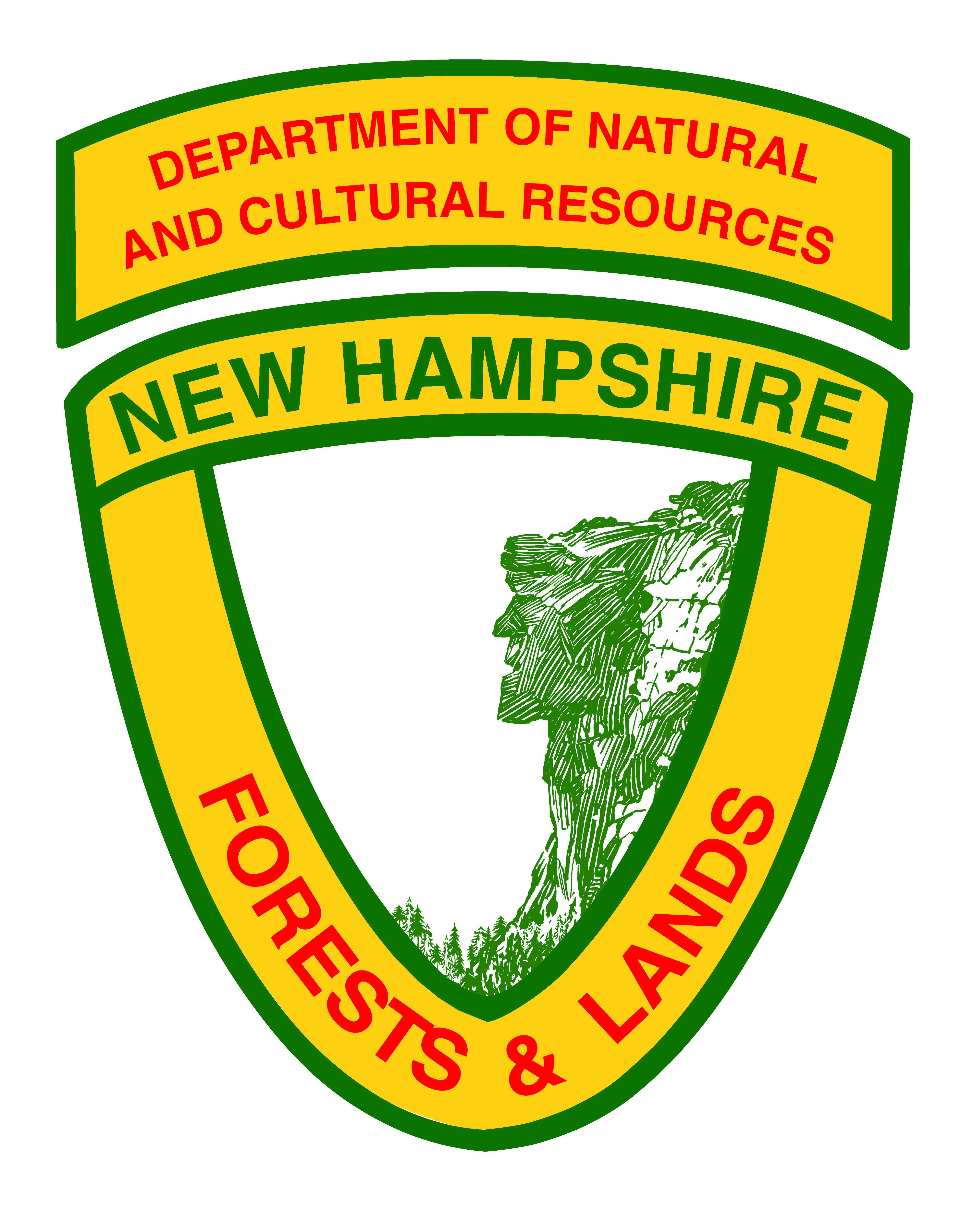
Co-sponsored by the Society for the Protection of New Hampshire Forests and
